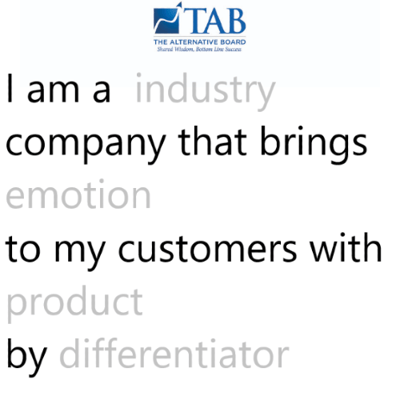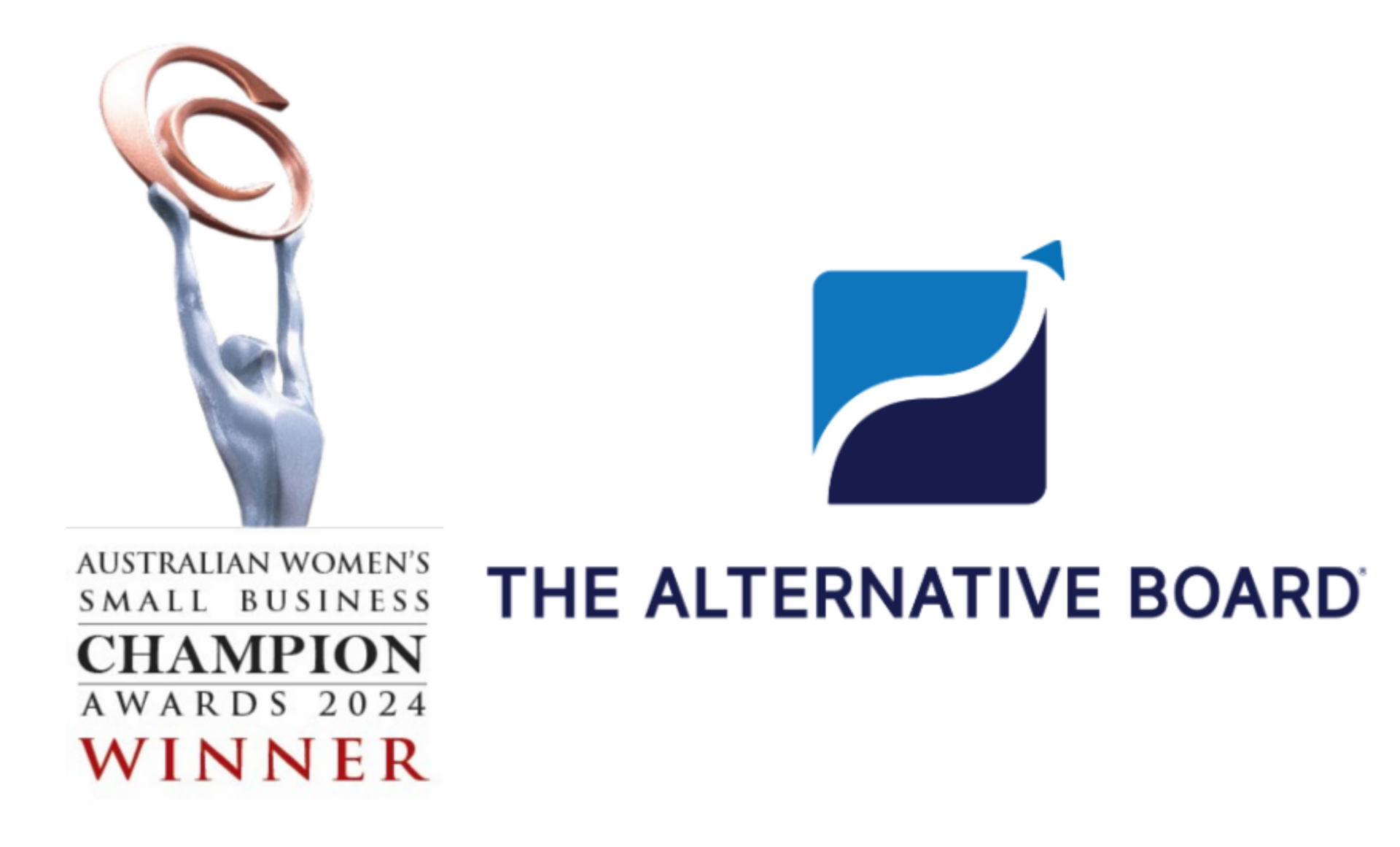Everyone used to know what “branding” meant—a logo, name, catchphrase, or some mixture of these and other graphic design elements to promote a business.
In the twenty-first century, the concept of branding has come to encompass far more than that, including a company’s “look and feel,” its strategic approach to marketing and communications, it is online (and, where appropriate, in-house) customer experience, and more.
In essence branding “helps you to create trust with your target market,” notes the Branding Journal, and evokes the values “which then help to create an emotional connection with people and how your brand makes them feel.”
The only way a brand is going to build trust and create that connection is to think of it as a full-fledged personality. When someone meets a stranger on the street that is all polish and has no substance it’s unlikely they will ever want to talk with them again.
In other words, branding is among the most significant resources you can call upon when designing a strategy to market your goods or services to that target audience. If an audience sees your brand as disingenuous it won’t matter how great the product is that you’re providing them, they aren’t going to consider it.
How, then, do you link your company’s brand with your marketing efforts?
Reaffirm the message of your brand.
First, it’s important to make sure your brand is achieving its own key objectives. According to marketing expert Laura Lake, these include:
- Connecting with the target audience
- Ensuring that the audience “gets” what your brand is about, without much effort
- Expressing what sets your business apart from the competition
- Reflecting both your company’s values and your “brand promise” to customers
Many of these pieces are often attributed to the Unique Selling Proposition. If you’re company can’t easily fill in the blanks below then it’s time to review your Strategic Plan and identify the elements that set the company apart from the competition.

Having a solid brand in place “enables you to align a marketing plan with those objectives and fulfil [your] overarching strategy.”
Position your business as a problem-solver.
Every world-class brand—from Coca-Cola and Intel to Nike and Amazon—positions itself as the “solution” to their customers’ needs or challenges. This is achieved by leveraging their brand reputation to present a clear-cut message to their target market, establishing (or further validating) their business credentials, and (as noted above) forging an emotional connection with customers.
This approach pays off in spurring prospective clients and customers to move ahead with the purchasing journey. It also helps build loyalty. When customers come to trust a business and rely upon it to solve their problems, they’re far more inclined to remain with that business for their long-term needs.
Align your marketing plan with knowledge about your customers.
The best branding efforts result from an in-depth understanding of your customers’ needs and desires. The goal, as noted, is connecting on an emotional level and then aligning your marketing strategy with that understanding. Laura Lake suggests imagining your organisation is “a living, breathing person” who must explain “who they are, why they’re valuable, and what they specifically have to offer.”
When your marketing message is framed along these lines, it stands a much better chance of resonating with customers and supporting their efforts to research your business and buy your offerings.
Want additional insight? Download Harness the Power of Social Media to learn more
Leverage the “story” of your brand.
As we’ve described elsewhere, storytelling evokes emotions in customers because this activity is “hardwired” into just about everyone’s childhood experience. Keep this in mind as you craft a strong marketing message that tells the story of your business—its origins, the challenges it faced, and how they were overcome—a story that also highlights how your products or services can help change your customers’ lives.
Once you’ve created a powerful brand strategy, the most important thing is to deliver on it!
Use targeted advertising and consistent messaging to communicate how you stand apart from your competitors, how you operate in line with your branding, and how you’re making your value proposition a reality. Strong brand equity can bring customer loyalty, competitive advantage, opportunities for expansion and even increased negotiating power and margins.


